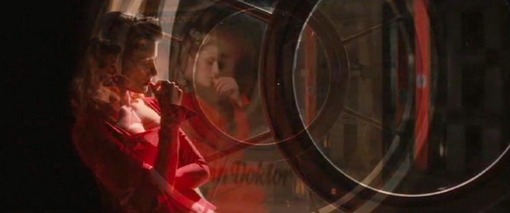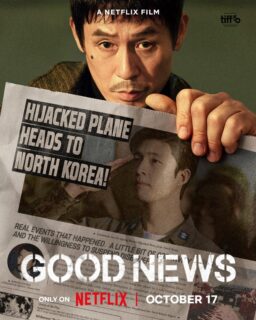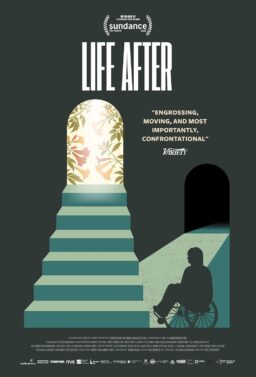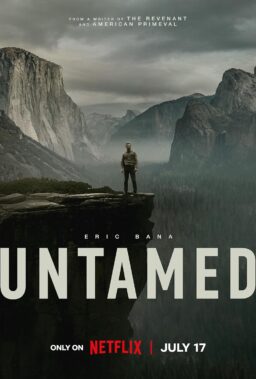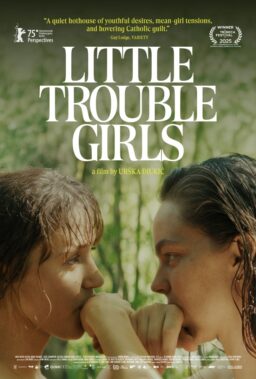After the devastating news of Sally Menke’s death last week, I read some moving and heartfelt tributes to her… and yet, some of them didn’t seem to understand what an editor actually does, or what made Menke’s work in particular so remarkable.
I suppose just about anybody could string together a rough assembly of a movie. All you have to do is follow the script and put things in the right order, as Sir Edwin, the great Shakespearean actor played by John Cleese, said of words in a play: “Old Peter Hall used to say to me, ‘They’re all there Eddie, now we’ve got to get them in the right order.'”
Of course, there are some basic grammatical guidelines it would be wise to take into consideration — things like the 30-degree rule, and of course the good ol’ 180-degree rule (Sir Edwin again: “And, er, for example, you can also say one word louder than another — er, ‘To be or not to be,’ or ‘To be or not to be,’ or ‘To be or not to be‘ you see?”).
Well, an editor does the same thing, making decisions (usually in close consultation with the director and possibly other bigwigs on the production) about what to emphasize and how to do so. Do we need a master shot? Should we use a close-up here? How long should we hold on her face? At what point do we want to use the angle where he’s behind her, so we can see both faces but they can’t see each other’s? And so on.
Menke said she learned from watching the work of Martin Scorsese and Thelma Schoonmaker, “how to collapse time in action but still push a character through a scene.” Those kinds of choices — assuming the director has given her good material to work with — may not be obvious, but they are marks of skill and artistry.
So, let’s just state for the record that editing is not simply a matter of making the movie shorter, or of performing the greatest number of cuts. When there are cuts that you notice — inserts, cutaways — that’s not necessarily “good editing.” And a movie structured with flashbacks or flash-forwards (like “Reservoir Dogs” and “Pulp Fiction“) is probably that way because it was written that way, not because the editor decided to jumble things up a bit. After all, a cut is a cut. It can stay in the present-tense, preserving continuity with a scene, or jump to the other side of the world and into the future or the past — one isn’t necessarily any more difficult to accomplish than the other. (Actually, it’s probably tougher to stay locked into the present — you have fewer options for playing with time, expanding or contracting it within a single scene.)
I’ve chosen to go through parts of two scenes from “Inglourious Basterds” in the video piece above, using brief subtitles to point out some of the things that are going on in the cutting between shots. But you can only cram so much into titles, so let me summarize:
I took my cues from Menke herself, in the Observer article many have quoted, using the opening of the film (“It’s all about tension, so you follow the emotional arc of a character through a scene, even if, as in the opening of ‘Inglourious Basterds,’ they’re just pouring a glass of milk or stuffing their pipe,”) and the montage to David Bowie’s “Cat People (Putting Out the Fire)” that kicks off the big Nazi movie premiere (“Oddly, I don’t cut to music. I just make the scene work emotionally and dramatically, and then Quentin will come in and lay the track over it and we’ll tweak it to the beats.”)
The piece begins with a short clip from Josef von Sternberg’s 1931 “Dishonored” starring Marlene Dietrich, which is where some of the iconography in the montage sequence comes from. Notice, too, the way Sternberg’s cutting tracks lines of sight across space. (Tarantino said he had fallen in love with Sternberg’s films around the time he was making “Inglourious Basterds.”) Also, I wanted to show how, as Menke said, the cuts do not come regularly on the beat, but are “tweaked” to highlight particular, carefully selected movements that synch with the music’s rhythm.
In the farmhouse scene (in which Col. Landa takes that long, sickening drink of milk), I wanted to show how cutting around looks exchanged by Landa, LaPadite and his daughter Charlotte develop tension and “push the characters” through the scene. We don’t know exactly what’s going on, but we know there’s more to it than what is being explicitly said or done.
Also, each of these sections of “Inglourious Basterds” is built around a long, climactic take, which changes up the rhythm of the scene. (David Bordwell has pointed out that the Average Shot Length of a Tarantino film tends to be longer than those of most contemporary filmmakers.) Of course, these shots were designed to be seen intact (they’re clearly directed that way), but they also serve as reminders that good editors know when not to cut.
And so, in honor and fond remembrance of Sally Menke…

